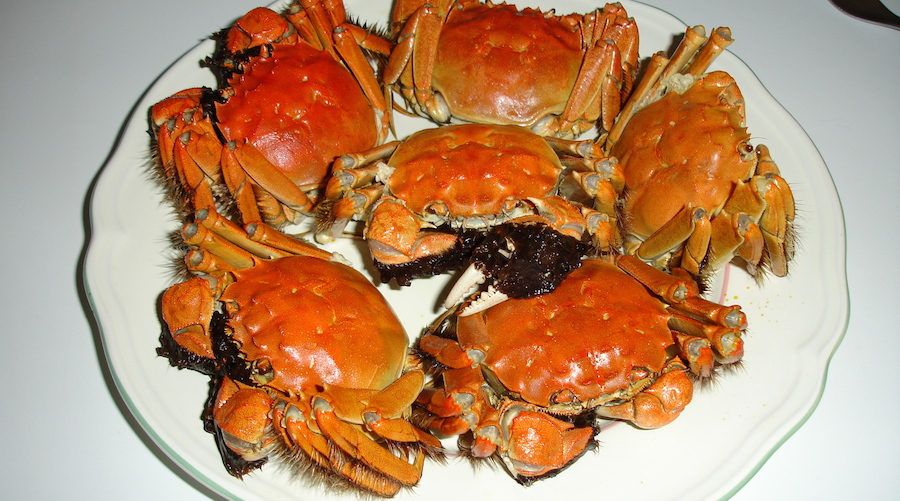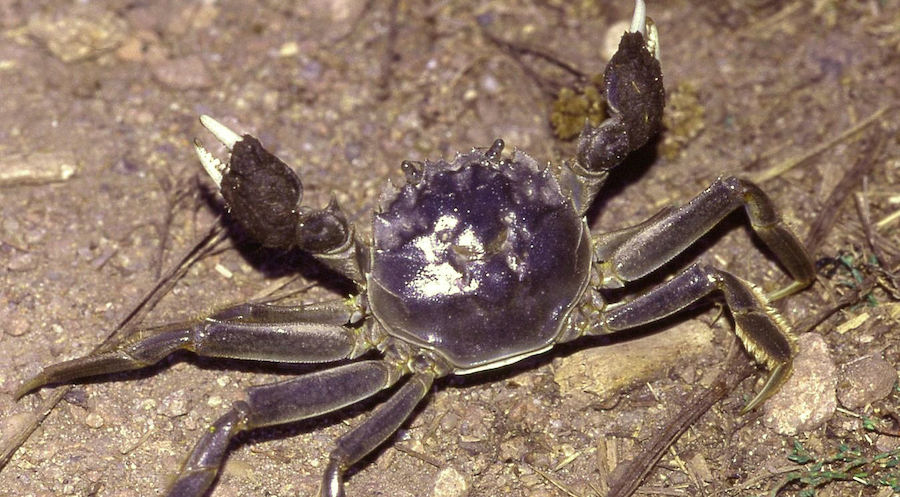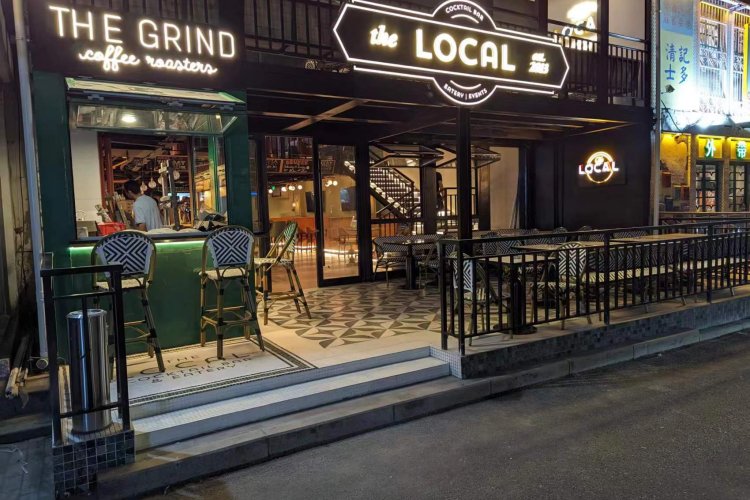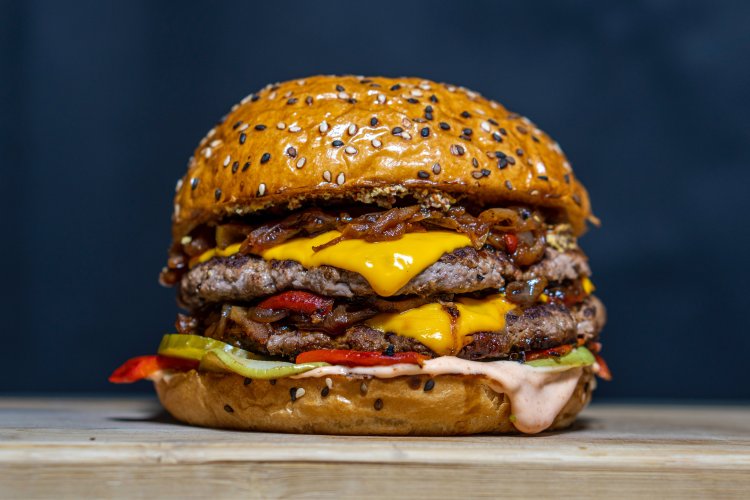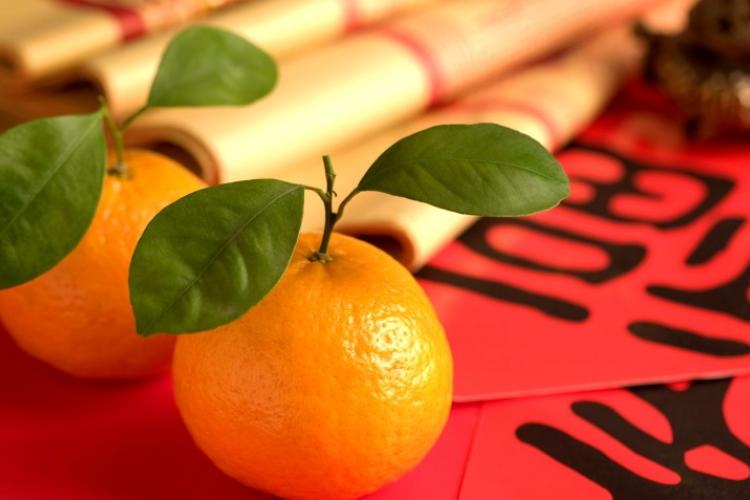Bringing Hairy Back: What's the Big Deal with Hairy Crab Season?
In the 17th century, Chinese writer Li Yu wrote of hairy crabs: "While my heart lusts after them and my mouth enjoys their delectable taste (and in my whole life there has not been a single day when I have forgotten them), I can’t even begin to describe or make clear why I love them, why I adore their sweet taste, and why I can never forget them… Dear crab, dear crab, you and I, are we to be lifelong companions?”
A quick look around Chinese restaurants and markets in Beijing right now reveals that the passion for hairy crab is as hot and heavy in 2015 as it was in the 1600s.
Hairy crabs (dàzháxiè, 大闸蟹), also known as Chinese mitten crabs for their furry front claws used for burrowing, are cultivated across eastern and southern China, but the most prized specimens come from Yangcheng Lake in Jiangsu province. Authentic Yangcheng Lake hairy crabs fetch exorbitant prices of up to RMB 700 a kilo, although buyer beware -- there is a healthy black market trade in counterfeit crabs. How will you know it's from Jiangsu ... by its accent?
The crabs come into season during the ninth and 10th months of the Chinese lunar calendar – approximately October to December. The female crabs, which ripen first in the ninth month, are prized for their bright orange roe, while the male crabs, which ripen in the 10th month, are favored for their golden, ahem, "essence." Food writer Fuchsia Dunlop describes the eating experience: "You must pull off the legs and claws, prise open the shells and scrape, pick, suck and crunch until you have extracted every last, delicious morsel."
But apart from being tasty (ed's note: subjectively – yours truly is very much not a fan), what is the enduring appeal of hairy crabs?
Alternatively, being such an expensive and seasonal delicacy, hairy crabs are the perfect way show your dining guests that you are a straight-up baller. Why say it with Chateau Lafite when you can say it with RMB 1,500 worth of crabs?
Alternatively, and I am wildly speculating here, it could be something to do with the lengthy and intricate eating process (for more on the best way to get the most meat out of your hairy crabs, see this CNN article) – I have witnessed people spend nearly an hour getting every single last morsel of meat out of just one crab. Dining out is still the primary form of social gathering for many people in China, rather than, say, a trip to a pub as we might enjoy in the UK. A big dish of hairy crabs, or something similar like mala crayfish, allows – hell, practically requires – ample time for conversation, banter, and multiple rounds of Yanjing.
A word to the wise: in Chinese medicine, hairy crab is believed to be a strongly cooling (yin) food and thus should never be consumed with other cooling foods such as, oddly, persimmons (not that we would). The crabs are often served with a ginger-based dipping sauce and accompanied by a flask of body-heating (yang) yellow wine (huangjiu) to counteract their cooling effect.
Should you feel suitably enticed, here are some of the best places to eat hairy crab in Beijing right now:
- Lu Yu at Conrad Beijing is offering female hairy crabs for RMB 388 each (plus 15 percent service charge)
- Gorge on plate after plate of plate of crab at Four Seasons' Hairy Crab Brunch, every Sunday for RMB 528 per person (plus 15 percent service charge)
- National chain Shanghai Min is offering a range of deals on hair crab at their locations across Beijing, including free huangjiu when you order at least four crabs
- The hair crabs don't come cheap at Xiangmanlou in Dongsi, but yu shouldn't expect anything less from one of Beijing's most venerable Shanghai restaurants
More stories by this author here.
Email: robynnetindall@thebeijinger.com
Instagram: @gongbaobeijing
Twitter: @gongbaobeijing
Weibo: @宫保北京
Photos: Wikipedia

